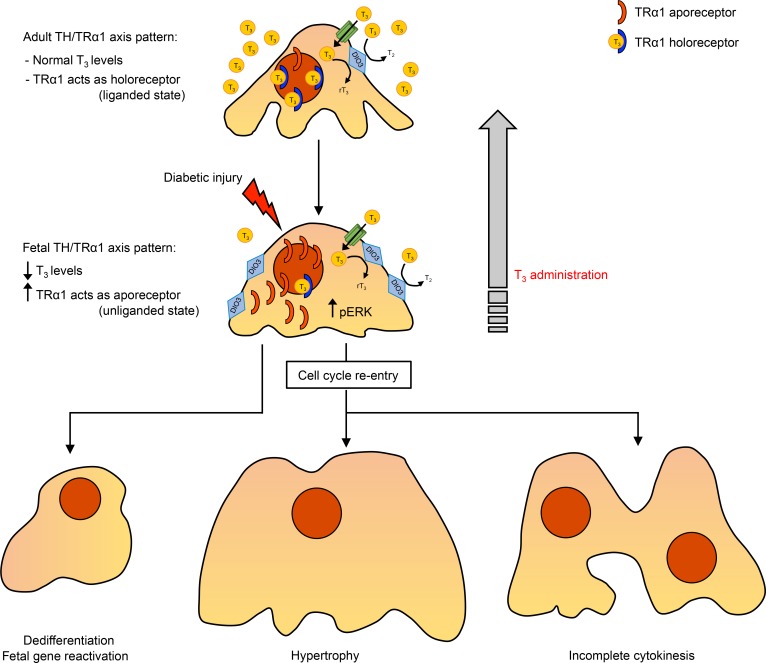Figure 8. TH/TRα1 axis actions in diabetes.
In healthy podocytes, T3 levels are maintained within a physiological range and TRα1 acts as holoreceptor. Local T3 availability is controlled by the T3-inactivating enzyme DIO3, which converts excessive T3 into rT3 and T2. In response to diabetic injury, systemic T3 levels drop markedly, and TRα1 and DIO3 are overexpressed locally, resulting in the coordinated adoption of the fetal ligand/receptor relationship profile (i.e., low T3 availability/high local TRα1). Here, TRα1 acts as aporeceptor (as happens in the fetus), repressing adult genes, triggering the reactivation of the podocyte developmental program, activating ERK1/2, and inducing cells to reenter the cell cycle. Unable to complete cytokinesis, mitotically activated podocytes become hypertrophic and polynucleated. T3 treatment switches TRα1 to the holoreceptor state (as happens after birth), promoting a mature cell phenotype and globally reversing the phenotypical alterations induced by diabetes. rT3, reverse L-triiodothyronine; T2, L-diiodothyronine.

